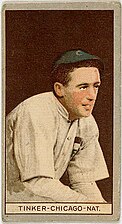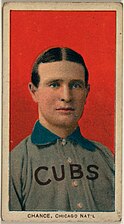
The National Baseball Hall of Fame and Museum is a history museum and hall of fame in Cooperstown, New York, operated by private interests. It serves as the central point of the history of baseball in the United States and displays baseball-related artifacts and exhibits, honoring those who have excelled in playing, managing, and serving the sport. The Hall's motto is "Preserving History, Honoring Excellence, Connecting Generations". Cooperstown is often used as shorthand for the National Baseball Hall of Fame and Museum.
The first elections to select inductees to the Baseball Hall of Fame were held in 1936. Members of the Baseball Writers' Association of America (BBWAA) were given authority to select individuals from the 20th century; while a special Veterans Committee, made up of individuals with greater familiarity with the 19th century game, was polled to select deserving individuals from that era. The intent was for 15 honorees to be selected before the 1939 ceremonies – 10 from the 20th century and 5 from the 19th; additional players from both eras would be selected in later years. Voters were given free rein to decide for themselves in which group a candidate belonged, with neither group knowing the outcome of the other election; some candidates had their vote split between the elections as a result – Cy Young, the pitcher with most wins in Major League history, finished 8th in the BBWAA vote and 4th in the Veterans vote. In addition, there was no prohibition on voting for active players, a number of whom received votes. Individuals who had been banned from baseball – such as Shoeless Joe Jackson and Hal Chase – were also not formally excluded, though few voters chose to include them on ballots.

The 1937 process of selecting inductees to the Baseball Hall of Fame was markedly different from the initial elections the previous year. As only half of the initial goal of 10 inductees had been selected in 1936, members of the Baseball Writers' Association of America (BBWAA) were once again given authority to select any players active in the 20th century; but the unsuccessful 1936 Veterans Committee election for 19th-century players led to a smaller Centennial Commission choosing a handful of inductees whose contributions were largely as non-players.
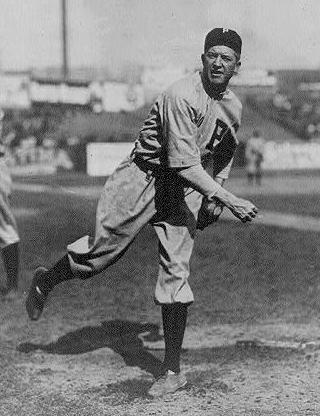
The 1938 elections to select inductees to the Baseball Hall of Fame were conducted along much the same lines as the 1937 vote. Toward the goal of 10 initial inductees from the 20th century, eight had now been selected; members of the Baseball Writers' Association of America (BBWAA) were once again given authority to select any players active in the 20th century, excepting active players. The Centennial Commission retained the responsibility of selecting inductees whose contributions were largely as non-players.

The 1939 elections to select inductees to the Baseball Hall of Fame were the last ones conducted prior to the Hall's opening that year. Needing just one addition to complete the initial goal of 10 inductees from the 20th century, members of the Baseball Writers' Association of America (BBWAA) were once again given authority to select any players active in the 20th century, excepting active players. Difficulties in convening the Centennial Commission of the previous two years led to an even smaller Old-Timers Committee selecting inductees from the 19th century – a cause of particular urgency to many who had been anticipating the five promised but unfulfilled selections in that area for over three years.

Elections to the Baseball Hall of Fame for 1945 included the first regular election conducted in three years and a strong response to criticism of the slow pace of honors. The Baseball Writers' Association of America (BBWAA) voted by mail to select from recent players, and elected no one. The Old Timers Committee responded by electing the biggest class yet, ten people. The selections by the Committee, announced in April 1945, were: Roger Bresnahan, Dan Brouthers, Fred Clarke, Jimmy Collins, Ed Delahanty, Hugh Duffy, Hughie Jennings, King Kelly, Jim O'Rourke, and Wilbert Robinson.
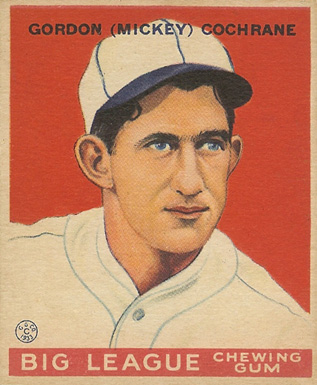
Elections to the Baseball Hall of Fame for 1947 followed yet another round of reform. The Baseball Writers' Association of America (BBWAA) continued to vote by mail but the Hall of Fame Committee had revised the procedures for that election and reduced its historical jurisdiction relative to the Old-Timers Committee. The BBWAA now considered major league players retired no more than 25 years. The reform seemed to work, as it elected four: Mickey Cochrane, Frank Frisch, Lefty Grove, and Carl Hubbell.

Elections to the Baseball Hall of Fame for 1948 followed the same procedures as 1947. The Baseball Writers' Association of America (BBWAA) voted by mail to select from players retired less than 25 years, with provision for a runoff in case of no winner. It elected two people on the first ballot, Herb Pennock and Pie Traynor. Meanwhile, the Old Timers Committee, with jurisdiction over earlier players, met on no schedule and not this year. Criticism continued that earlier players, as well as managers and other non-playing candidates, were being overlooked.
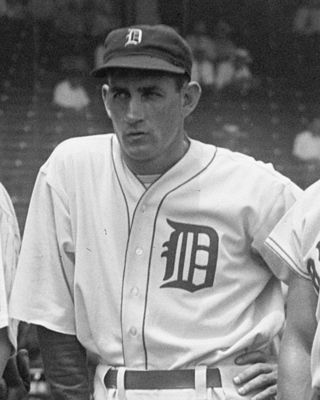
Elections to the Baseball Hall of Fame for 1949 followed the rules in place since 1947, which had governed two successful elections of recent players. The Baseball Writers' Association of America (BBWAA) voted by mail to select from players retired less than 25 years, with provision for a runoff in case of no winner. This year the runoff was necessary to elect one person, Charlie Gehringer. Meanwhile, the Old-Timers Committee, which met on no schedule and not since 1946, responded again to the continuing calls for election of more of the game's earlier stars. It selected Mordecai Brown and Kid Nichols.
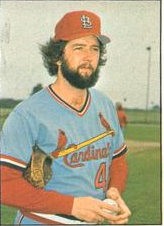
Elections to the Baseball Hall of Fame for 2006 proceeded in keeping with rules enacted in 2001, augmented by a special election; the result was the largest class of inductees (18) in the Hall's history, including the first woman elected, Effa Manley.

Elections to the Baseball Hall of Fame for 2001 followed the system in use since 1995. The Baseball Writers' Association of America (BBWAA) voted by mail to select from recent major league players and elected two: Kirby Puckett and Dave Winfield. The Veterans Committee met in closed sessions and selected two people from multiple classified ballots: Bill Mazeroski and Hilton Smith.
Elections to the Baseball Hall of Fame for 1999 followed the system in use since 1995. The Baseball Writers' Association of America (BBWAA) voted by mail to select from recent major league players and elected three: George Brett, Nolan Ryan, and Robin Yount. The Veterans Committee met in closed sessions and selected four people from multiple classified ballots: Orlando Cepeda, Nestor Chylak, Frank Selee, and Smokey Joe Williams.
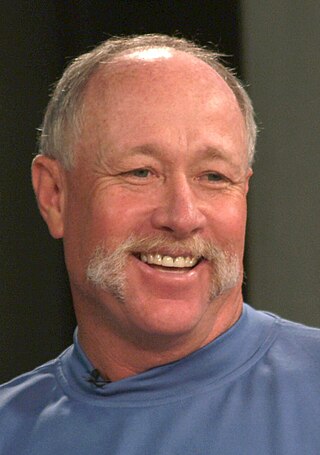
Elections to the Baseball Hall of Fame for 2008 proceeded according to revised rules enacted in 2001 and further revamped in 2007. The Baseball Writers' Association of America (BBWAA) held an election to select from among recent players, resulting in the induction of Goose Gossage. A restructured format for Veterans Committee voting resulted in the first successful election by that body since 2001, with five candidates earning induction, after the three elections in the intervening years had failed to produce any inductees. Selected by the Veterans Committee were former managers Billy Southworth and Dick Williams, and former executives Barney Dreyfuss, Bowie Kuhn, and Walter O'Malley.

Elections to the Baseball Hall of Fame for 1996 followed the system in use since 1995. The Baseball Writers' Association of America (BBWAA) voted by mail to select from recent major league players but no one tallied the necessary 75% support.
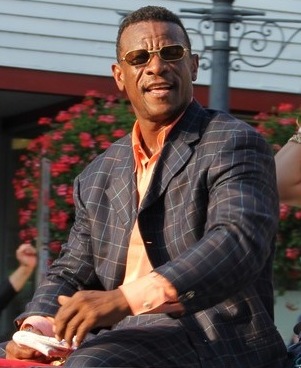
Elections to the Baseball Hall of Fame for 2009 proceeded according to revised rules enacted in 2001 and further revamped in 2007. The Baseball Writers' Association of America (BBWAA) held an election to select from among recent players, and elected Jim Rice and Rickey Henderson.
Elections to the Baseball Hall of Fame for 1980 followed the system in place since 1978. The Baseball Writers' Association of America (BBWAA) voted by mail to select from recent major league players and elected Al Kaline and Duke Snider. The Veterans Committee met in closed sessions to consider older major league players as well as managers, umpires, executives, and figures from the Negro leagues. It selected outfielder Chuck Klein and Boston Red Sox owner Tom Yawkey, both deceased. A formal induction ceremony was held in Cooperstown, New York, on August 3, 1980, with Commissioner of Baseball Bowie Kuhn presiding.
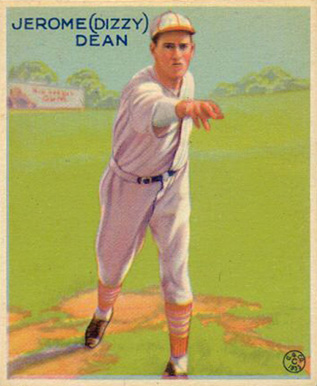
Elections to the Baseball Hall of Fame for 1953 followed a radically new procedure. The institution appointed its Committee on Baseball Veterans, the famous "Veterans Committee", to meet in person and consider pioneers and executives, managers, umpires, and earlier major league players. Committees in the 1930s and 1940s had chosen several pioneers and executives, but this was the first direction of anyone's attention to field personnel other than players, the managers and umpires.

Elections to the Baseball Hall of Fame for 1975 followed the system in place since 1971. The Baseball Writers' Association of America (BBWAA) voted by mail to select from recent major league players and elected Ralph Kiner. The Veterans Committee met in closed sessions to consider executives, managers, umpires, and earlier major league players. It selected three people: Earl Averill, Bucky Harris, and Billy Herman. The Negro Leagues Committee also met in person and selected Judy Johnson. A formal induction ceremony was held in Cooperstown, New York, on August 18, 1975, with Commissioner of Baseball Bowie Kuhn presiding.
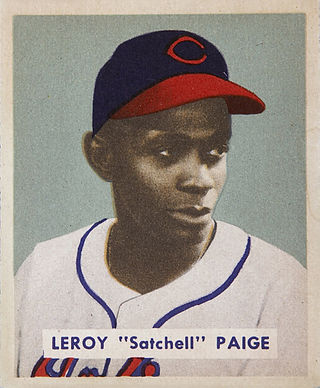
Elections to the Baseball Hall of Fame for 1971 featured a new committee on the Negro leagues that met in February and selected Satchel Paige, who spent most of his career in Negro league baseball before joining the Cleveland Indians in 1948, when he was over 40 years old. Controversy arose both over the selection of a pitcher with only 28 major-league victories and about the original plan not to include Negro league players in the main Hall of Fame. In July, officials announced that Paige and future Negro league selections would be included in the main Hall of Fame. Paige was honored alongside other Hall of Fame inductees in August.
Elections to the Baseball Hall of Fame for 2014 proceeded according to rules most recently revised in July 2010. As in the past, the Baseball Writers' Association of America (BBWAA) voted by mail to select from a ballot of recently retired players, with results announced on January 8, 2014. The Expansion Era Committee, one of three voting panels that replaced the more broadly defined Veterans Committee following the July 2010 rules change, convened early in December 2013 to select from a ballot of retired players and non-playing personnel who made their greatest contributions to the sport after 1972, a time frame that the Hall of Fame calls the "Expansion Era".
